LATVIA
Riga

Riga
Riga
Riga is the capital of Latvia; the middle one of the three Baltic States. The city is over 800 years old and has many interesting sights.
Especially the historical centre of the city is famous and belongs to the UNESCO world heritage list.
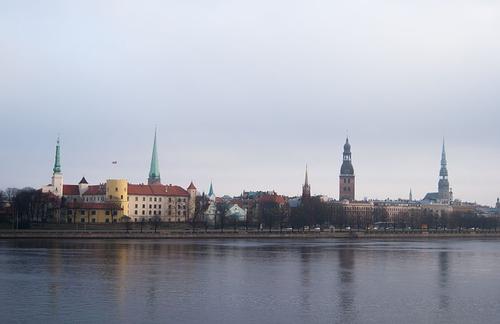 RigaPhoto: Guillaume Speurt CC 2.0 Generic no changes made
RigaPhoto: Guillaume Speurt CC 2.0 Generic no changes made
| advertisement |
| Hotels Riga |
Location
Riga is located in the centre of Latvia on the Gulf of Riga. From Riga to the beaches of the Baltic Sea (Baltic Sea) it is about a half-hour drive. The Western Dvina (river) divides the city in two and has ensured that Riga has had a strong trading position over the years.
Weather
Latvia has a temperate maritime climate. This means: cold winters and cool summers. In practice, however, little can be said about the weather in Riga, because it can vary enormously. Winters in Riga last longer than European winters. It is cold and there is often snow from October to April. Many centimetres of snow often fall in Riga. In the winter months, the average temperature is around zero and in the summer it is about 20 degrees Celsius.
History
Riga's history goes back a long way. There was a Finnish colony called Livs on the site where Riga is today. The city grew rapidly around 1100 through the settlement of German merchants. At this time Latvia still consisted of two separate parts: Livs (north) and Courland (south). In 1201 the city was officially called Riga by the Bishop of Latvia.
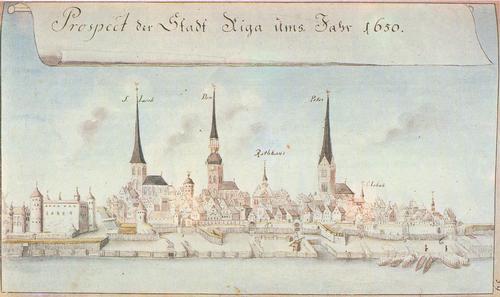 Riga in 1650Photo: Public Domain
Riga in 1650Photo: Public Domain
In 1710, the Russian Czar conquered the country. Under his rule, Riga and the rest of Latvia became seriously impoverished. A large part of the Latvian population even died. It was not until 1917 that the Russian oppression ended. The German army then took Riga and Latvia fell under German rule from that moment on. This domination lasted until after the end of the First World War, after which Latvia became officially autonomous for the first time in history.
During the Second World War, Latvia and Riga had a particularly hard time. In 1940 the country was occupied by the Soviets, but already in 1941 the Germans conquered the country from the Russians. The country's Jewish community was completely exterminated during the Second World War.
In 1944, the Russian occupiers returned. During the years of fighting between the Russians and Latvians, many people were killed. Large groups of Latvians fled to other countries and many were deported. A large group of Russians settled in Riga. In August 1991, Latvia finally became independent again.
Sights
So what are the best sights in Riga? As is to be expected from a UNESCO World Heritage Site, most of the crowd-pullers are located in this centre. This part of the city lies on the right bank of the Western Dvina.
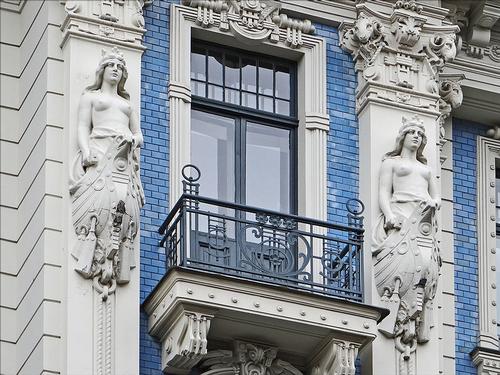 Riga Architecture by Mikhail EisensteinPhoto: Jean-Pierre Dalbera CC 2.0 Generic no changes made
Riga Architecture by Mikhail EisensteinPhoto: Jean-Pierre Dalbera CC 2.0 Generic no changes made
Art Nouveau lovers, in particular, will enjoy Riga. On the north side of the historic centre of Riga lies the 'Silent Centre'. Here you can find many buildings designed by the art nouveau architect Mikhail Eisenstein. In addition, many traditional Latvian wooden houses can be found here.
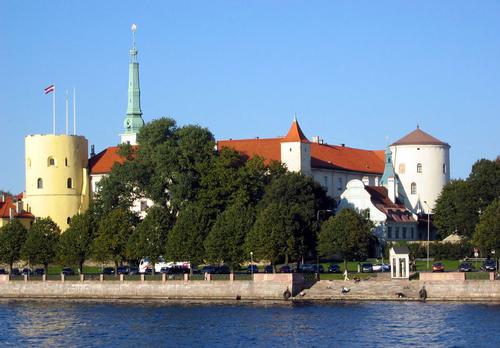 Riga CastlePhoto: Britt Storlykken Helland CC 2.5 General no changes made
Riga CastlePhoto: Britt Storlykken Helland CC 2.5 General no changes made
Riga Castle is a real must-see in Riga. The oldest parts of the castle date back to 1330, but the castle was rebuilt many times. The building had to emanate Riga's power, so they wanted to adapt it each time. Today, the President of Latvia lives in a part of the castle.
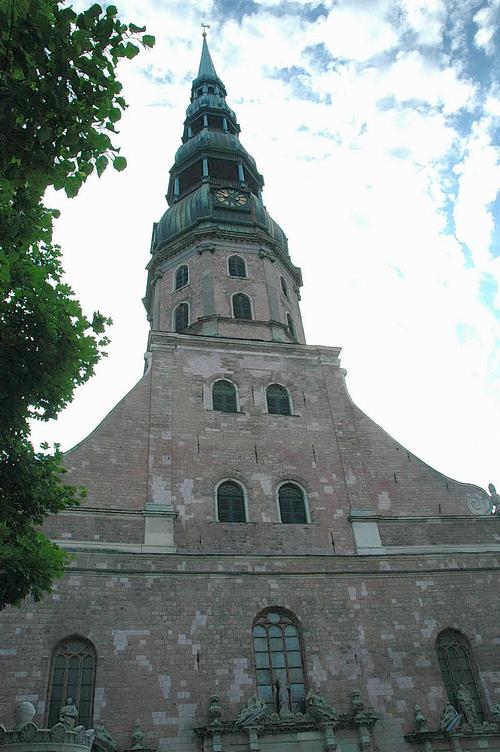 St. Peter's ChurchPhoto: J. Lunau CC 1.0 Unported no changes made
St. Peter's ChurchPhoto: J. Lunau CC 1.0 Unported no changes made
St. Peter's Church is also worth visiting. It is a brick church with a 123.5-metre-high metal tower. The tower overlooks the whole of Riga and its surroundings. Visitors are allowed to ascend the tower by lift up to 73 metres to enjoy the view. The oldest part of the Gothic St. Peter's Church dates from 1409.
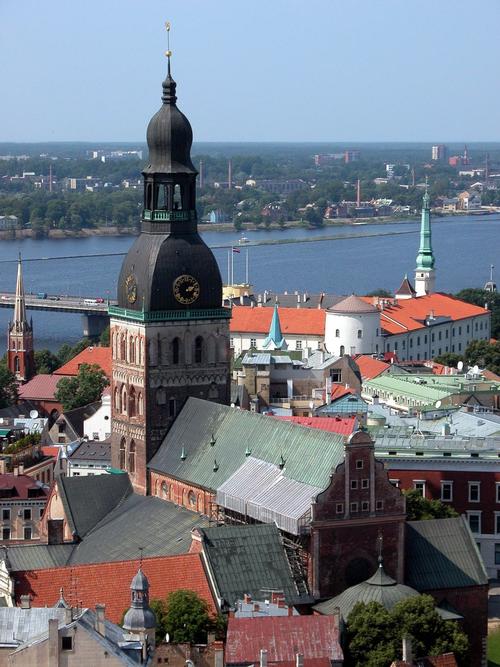 Riga CathedralPhoto: Brunswyk CC 3.0 Unported no changes made
Riga CathedralPhoto: Brunswyk CC 3.0 Unported no changes made
Riga Cathedral was built in 1211. Its client was Bishop Albert, also the founder of the city. Originally, the Cathedral was a Romanesque hall church. You can also see influences of different styles such as Gothic and Baroque. The altar is Romanesque. The tower is Baroque, the 15th-century part is Gothic. The Cathedral is the biggest church in the Baltic States. Especially the magnificent organ from 1884 is world famous. This organ is the largest in Europe.
In the Resistance Museum you will find information about the period 1940-1991, when the Latvians were oppressed successively by the German Nazis and the Communists. It is a dark period of Latvian history. There is a replica of a Stalinist prison camp and the remains of Jews executed by the Nazis.
Tips
Riga Zoo is a good destination for a fun day out. The zoo was opened in 1912, in the middle of the Soviet period. In the 1990s, the park was expanded with all kinds of pavilions. There are many protected animal species in Riga Zoo and the coniferous park also attracts many visitors.
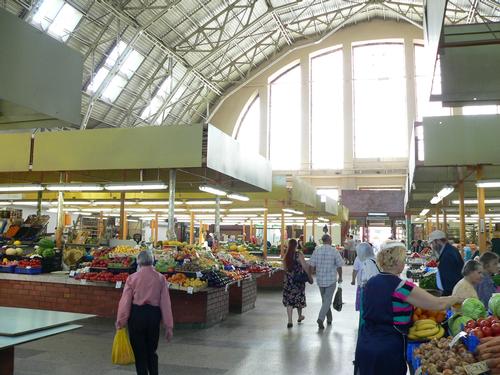 Central Market RigaPhoto: Public Domain
Central Market RigaPhoto: Public Domain
Nice to visit is the Central Market. The market has been taking place in four old Zeppelin hangars since 1930. Each hangar has its own specialties. All kinds of stalls can also be found around the buildings. At the Central Market there is the real atmosphere of Riga.
Useful links Riga
BBC Country ProfilesWorld Fact Book Explore all Countries
How to call
Last updated June 2025
Copyright: Team - The World of Info